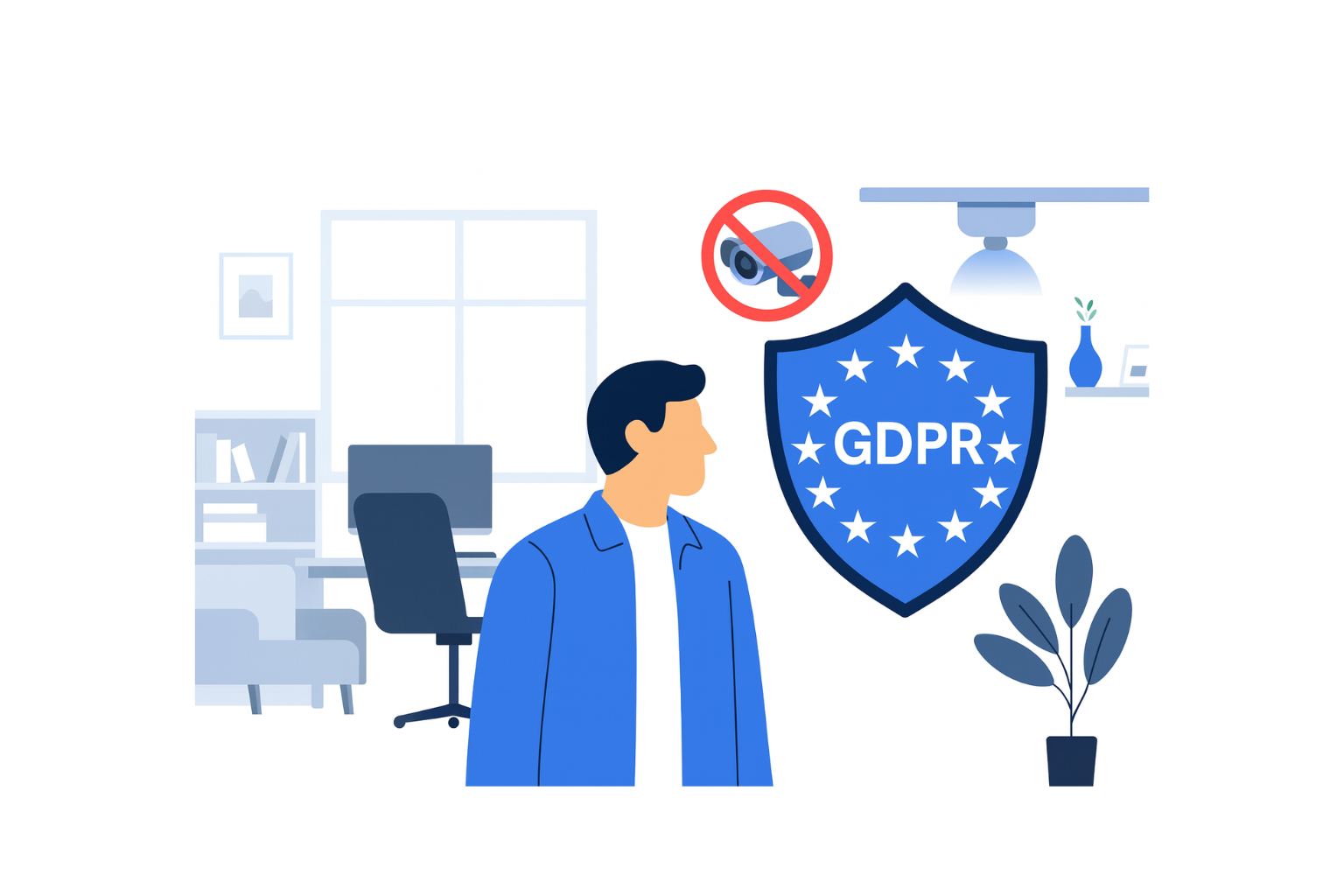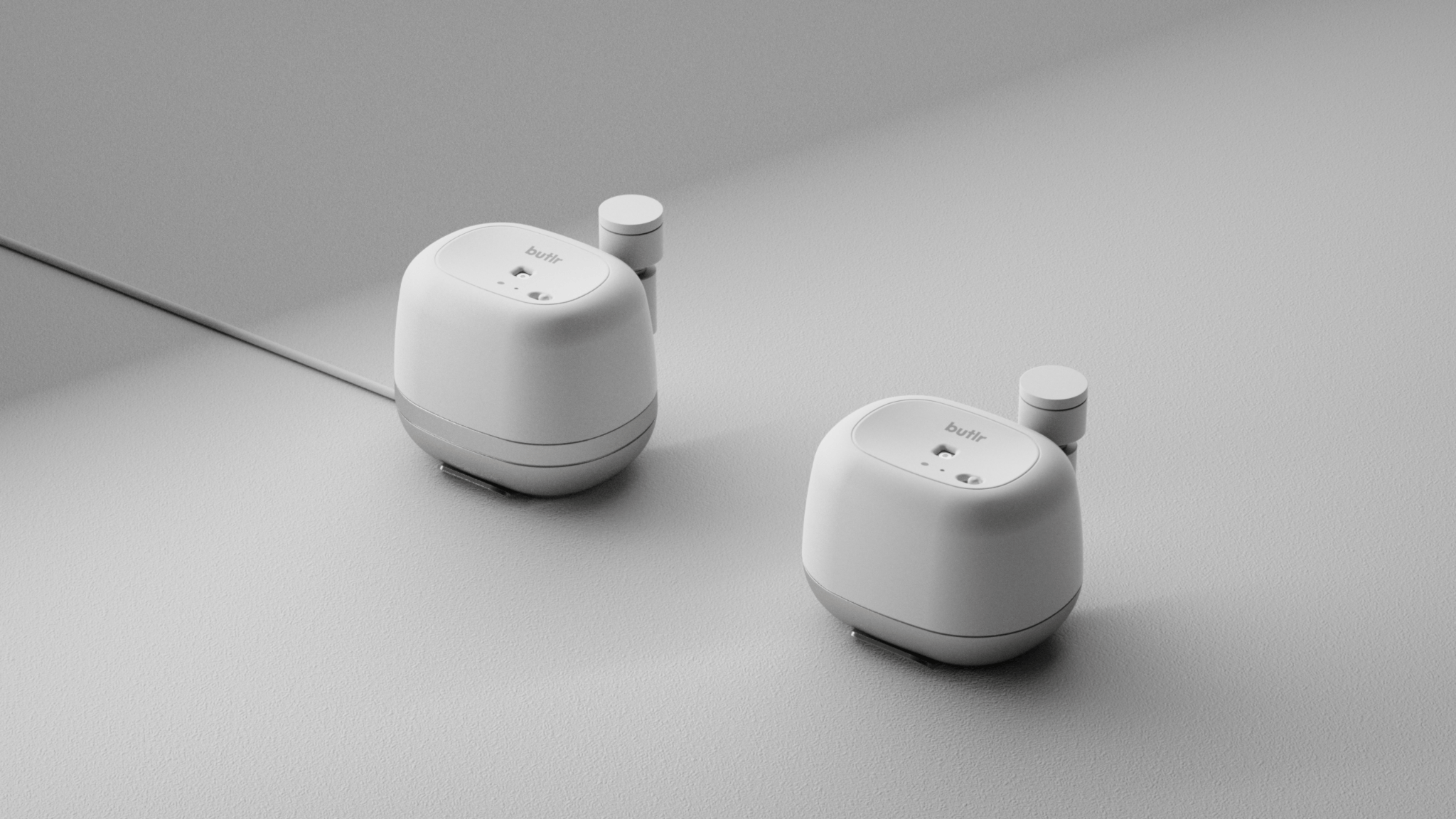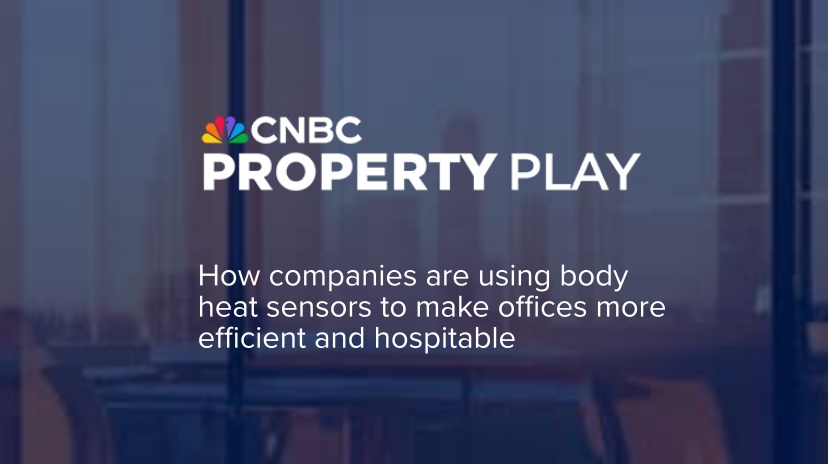Office Building Occupancy Sensor Solutions | Smarter Space Management in 2025
How Office Building Occupancy Sensors Operate
Occupancy sensors for entire office buildings combine multiple sensing technologies and a centralized analytics platform:
Multi-tech Sensor Nodes:
- Infrared & Ultrasonic sensors detect motion in lobbies, corridors, and open areas.
- Pressure mats or smart floor tiles in high-value zones (e.g., collaboration hubs) register exact footfall.
- CO₂ & Temperature sensors infer occupancy density by measuring air quality and heat patterns in enclosed spaces.
- Wireless Mesh Networking:
Sensor nodes relay data over low-power wireless protocols (BLE, Zigbee, LoRaWAN) to local gateways, which batch and forward encrypted data to the cloud. - Centralized Analytics Platform:
A cloud-hosted dashboard ingests streaming data, correlates it with floor-plan maps, and presents intuitive visualizations—heatmaps, time-series charts, and trending reports—accessible via web and mobile apps.
By integrating these layers, an office building occupancy sensor solution captures moment-to-moment presence and movement patterns across the entire facility.
Transformative Benefits of Building-Scale Occupancy Sensing
Data-Driven Space Optimization
Traditional space planning relies on headcount forecasts and static seating ratios. Occupancy sensors reveal true utilization in real time:
- Deferred expansion: Delay expensive office expansions by repurposing 20–30% of underused space.
- Agile reconfiguration: Identify growth hotspots and rezone adjacent areas for teams that need to scale quickly.
Energy Efficiency & Sustainability
Lighting, HVAC, and ventilation systems account for up to 40% of a building’s energy use. By integrating occupancy data:
- Dynamic Lighting Controls: Lights automatically dim or switch off in unoccupied zones.
- Demand-Controlled Ventilation: Adjust air-exchange rates based on real occupancy levels, cutting costs and reducing carbon footprints.
Enhanced Cleaning & Maintenance
Instead of blanket daily cleaning schedules, sensor-driven triggers can:
- Dispatch janitorial teams only to areas used above a threshold.
- Alert maintenance staff to repeated traffic zones where wear-and-tear may require proactive upkeep.
Real-Time Safety & Compliance
In emergencies, sensor networks can feed live occupancy counts to building-management systems, enabling:
- Faster headcounts during evacuations.
- Compliance with local occupancy limits and health-and-safety guidelines.
Best Practices for Deployment and Scaling
Pilot and Validate
- Start with a single floor or building wing to fine-tune sensor placement and network reliability.
- Compare sensor readings against manual headcounts to calibrate sensitivity.
Create a Detailed Digital Twin
- Map every room, workstation, corridor, and amenity.
- Overlay real-time data for intuitive navigation and analysis.
Address Privacy & Change Management
- Choose non-imaging sensors (infrared, pressure) and anonymize all data.
- Communicate transparently with employees: explain how data is used and the benefits they’ll experience.
Integrate with Building Systems
- Connect occupancy data to lighting, HVAC, security, and cleaning workflows.
- Leverage existing BMS (Building Management System) APIs for seamless automation.
Define Clear KPIs and Governance
- Track metrics such as peak vs. average occupancy ratios, energy savings, cleaning-trigger reductions, and safety drill accuracy.
- Assign stakeholders in facilities, IT, HR, and sustainability teams to review dashboards and make policy decisions.
Iterate and Expand
- After a successful pilot, roll out in phases—prioritizing high-value zones like collaboration hubs, cafeterias, and high-traffic corridors.
- Regularly revisit sensor locations based on shifting business needs and hybrid work patterns.
Advanced Analytics: Beyond Basic Utilization
Predictive Occupancy Modeling
Machine-learning algorithms can forecast space demand around events—such as quarterly all-hands, product launches, or sales kick-offs—allowing proactive resource allocation.
Occupant Flow & Behavioral Insights
Analyze movement trajectories to optimize wayfinding, reduce bottlenecks at chokepoints, and design healthier circulation patterns that encourage collaboration.
Integration with Workplace Experience Apps
Feed real-time availability into mobile apps, enabling employees to:
- Reserve desks or rooms on the go.
- Map the nearest free workstation.
- Check cleanliness and sanitization status before booking.
Measuring ROI and Business Impact
To accurately gauge the value of an office building occupancy sensor solution, start by establishing baseline data during your pilot phase. Track real-estate costs before and after implementation—organizations often see a 15–30% reduction in leased square footage by identifying and repurposing underused areas. Similarly, link occupancy data to your energy and maintenance workflows; many companies report a 20–40% drop in lighting and HVAC expenses and a 25% decrease in routine cleaning cycles when services are triggered by actual usage rather than fixed schedules.
Beyond hard cost savings, consider the positive impact on employee productivity and satisfaction: by cutting “desk hunt” time and ensuring collaboration spaces are available when needed, teams work more efficiently and with less frustration. Data from emergency drills and compliance checks further demonstrate value—real-time headcounts enable faster evacuations and adherence to occupancy regulations. Review these metrics quarterly and present clear before-and-after comparisons—leveraging both percentage improvements and anecdotal feedback—to secure executive buy-in for expanded deployment. Continuous tracking of these KPIs ensures your sensor program remains aligned with evolving hybrid-work patterns and delivers sustained business impact.
Future Trends in Office Building Occupancy Sensing
- Edge-AI Processing: On-device analytics that detect anomalies (e.g., overcrowding) and trigger local actions even without cloud connectivity.
- Environmental & Well-Being Monitoring: Sensors that track air quality, noise levels, and thermal comfort—yielding a holistic view of occupant experience.
- Digital Twin Simulations: Virtual replicas of entire campuses enabling “what-if” scenario testing for new layouts, safety drills, or renovation projects.
- Integration with Smart City Platforms: Linking building-level data to municipal services (traffic management, public transit) for optimized commute planning.
Conclusion
An office building occupancy sensor solution is no longer a nice-to-have—it’s foundational for any organization striving to balance cost efficiency, sustainability, employee well-being, and safety in 2025 and beyond. By implementing a phased rollout, adhering to best practices, and leveraging advanced analytics, companies can turn raw occupancy data into strategic insight—transforming real estate from a fixed cost into a dynamic asset that flexes with business needs.
FAQs
What exactly is an office building occupancy sensor solution?
It’s a system of distributed sensors—infrared, ultrasonic, pressure, and environmental—that captures real-time presence and movement data across desks, rooms, and common areas. Data feeds into a central analytics platform for visualization and automation.
How do occupancy sensors improve energy efficiency?
By linking usage data to HVAC and lighting controls, buildings can auto-adjust systems based on actual occupancy, reducing unnecessary run-time and cutting energy bills by up to 40%.
Is employee privacy at risk when deploying building-wide sensors?
No—as long as you choose non-imaging technologies, anonymize all data, and communicate transparently. These sensors detect presence only, not personal identity or behavior.
What’s the typical timeline to see ROI from an occupancy sensor program?
Many organizations realize measurable cost savings and utilization gains within 3–6 months of a successful pilot, with full payback often achieved in under two years.
Can occupancy sensor data be integrated with other building systems?
Absolutely. Modern platforms offer APIs and native connectors for BMS, room-booking tools, security systems, and even smart city infrastructures—enabling end-to-end automation and richer insights.



.svg)
.svg)





.png)

.png)
.webp)

.png)
.jpeg)




























.png)



.png)






















